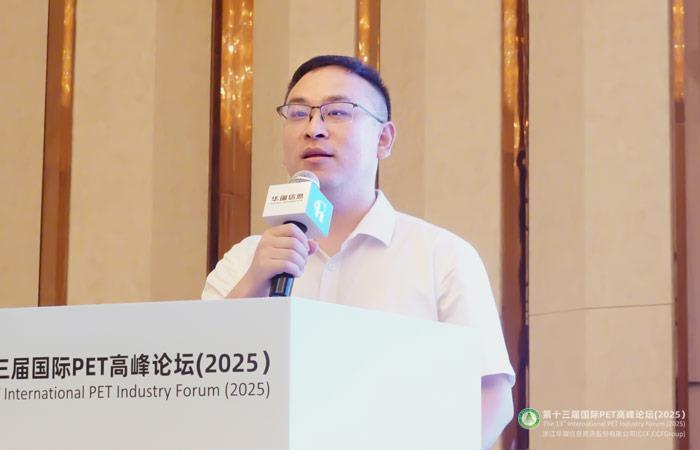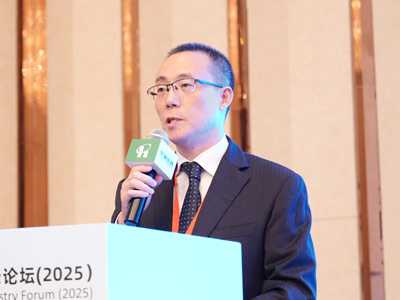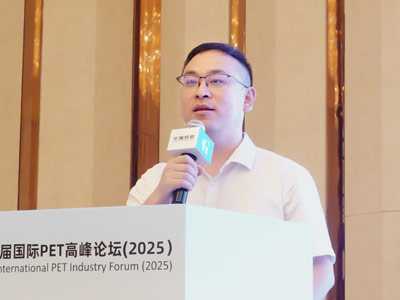Breaking the impasse of overcapacity and trade barriers: PET bottle chip supply-side reform and global layout during the 15th Five-Year Plan period
——Charles Guo, lead analyst of CCFGroup

First, Mr. Guo pointed out that China accounts for 47% of the world's PET bottle chip capacity, yet the industry faces structural overcapacity. This has led to a significant squeeze on processing margins, trapping the sector in a vicious cycle of "price cuts, production reductions, and resumptions". Meanwhile, trade barriers have spread from Europe and the United States to the global market, further intensifying competition in the Chinese market.
Second, Mr. Guo predicted that during the "15th Five-Year Plan" period (2026-2030), the growth rate of capacity will slow down, but it will still take time to digest existing inventories. The way to break this impasse lies in a "dual-drive strategy": domestically, optimizing the industrial structure by phasing out outdated capacity and developing high-value-added products; internationally, proactively advancing localized overseas layouts to gain closer access to target markets and avoid trade barriers.
Finally, Mr. Guo concluded that the future competition in the industry will shift from a sole focus on cost and scale to areas such as food-grade rPET, circular economy, and technological innovation. Enterprises need to combine domestic optimization with overseas deployment, transforming from "product export" to " capacity export", so as to seize the initiative in the restructuring of the global supply chain.



